Prof. Strumendo’s research focuses on the development of fundamental knowledge and of analysis methodologies on multiphase and multitexture systems, especially systems involving one or several solid and gaseous phases, interacting physically or through chemical reactions.
Experimental work performed in Prof. Strumendo’s research includes classical chemical reaction engineering techniques such as thermogravimetry (atmospheric and under pressure), techniques based on fixed-bed reactors and on gas adsorption, in addition to advanced synchrotron radiation based techniques such as in-situ time resolved x-ray powder diffraction, small and ultra-small angle x-ray scattering and tomography.
Theoretically, the analysis is carried out using tools from statistical and classical thermodynamics, transport phenomena, kinetic theory of gases and of inelastic particles, theory of small angle scattering, and population balances.
A multiscale perspective is intrinsically embedded in the used scientific approach, both because the theoretical effort is aimed at deriving the material and fluid properties from the analysis of processes occurring at the “particle” level, and because material/fluid properties are measured, if possible simultaneously, at different scales ranging from the atomic level to the micron scale level.
Most of Prof. Strumendo’s recent research work is devoted to the characterization and development of solid sorbents used for the CO2 capture and storage, especially for CO2 capture at medium and high temperatures from flue gases and for processes of flexible CO2 capture with simultaneous production of hydrogen and biofuels. A fundamental understanding of the solid phase micro-texture (porosity, specific surface area, correlation length, correlation function) evolution during the CO2 capture and sorbent regeneration processes is crucial to optimize the sorbent performance.
Specific topics of interest include:
- CaO based CO2 sorbents
- HTC based CO2 sorbents
- Lithium zirconate based CO2 sorbents
- Development of SAXS models and methods to analyze multitexture systems
- Mathematical modelling of gas-solid reaction kinetics
- Characterization of materials used in all-solid-state batteries

